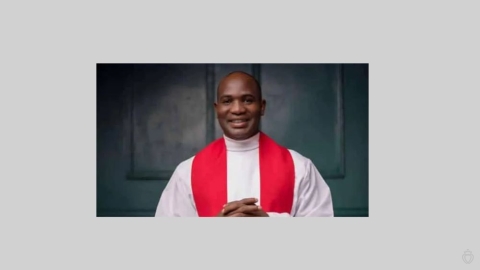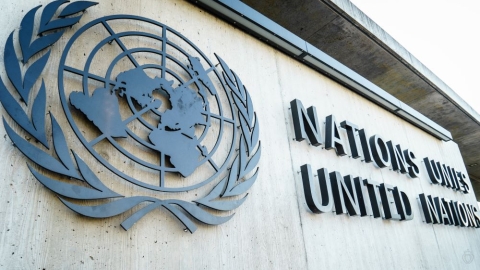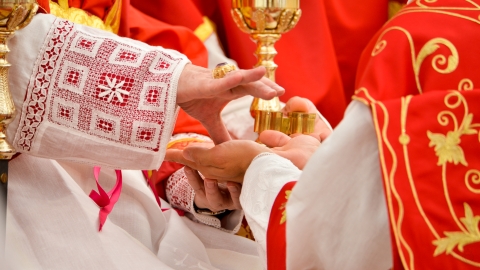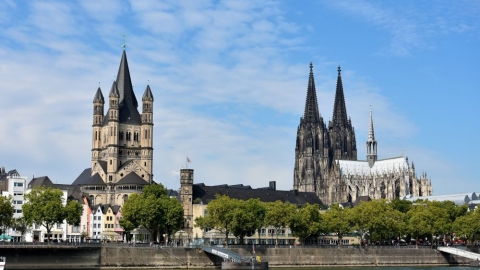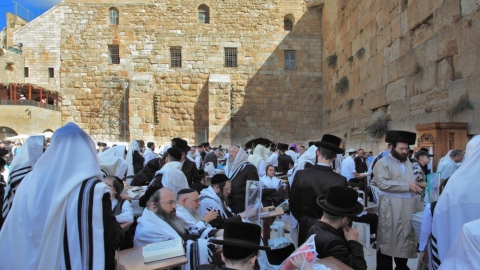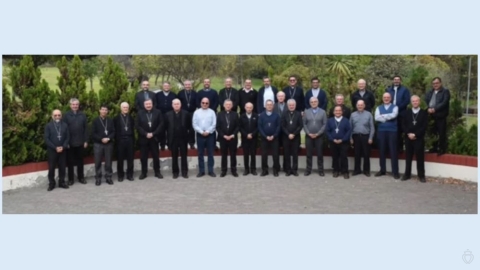Vatican: The Becciu Trial Caught in the Quicksand of the Orlandi Case
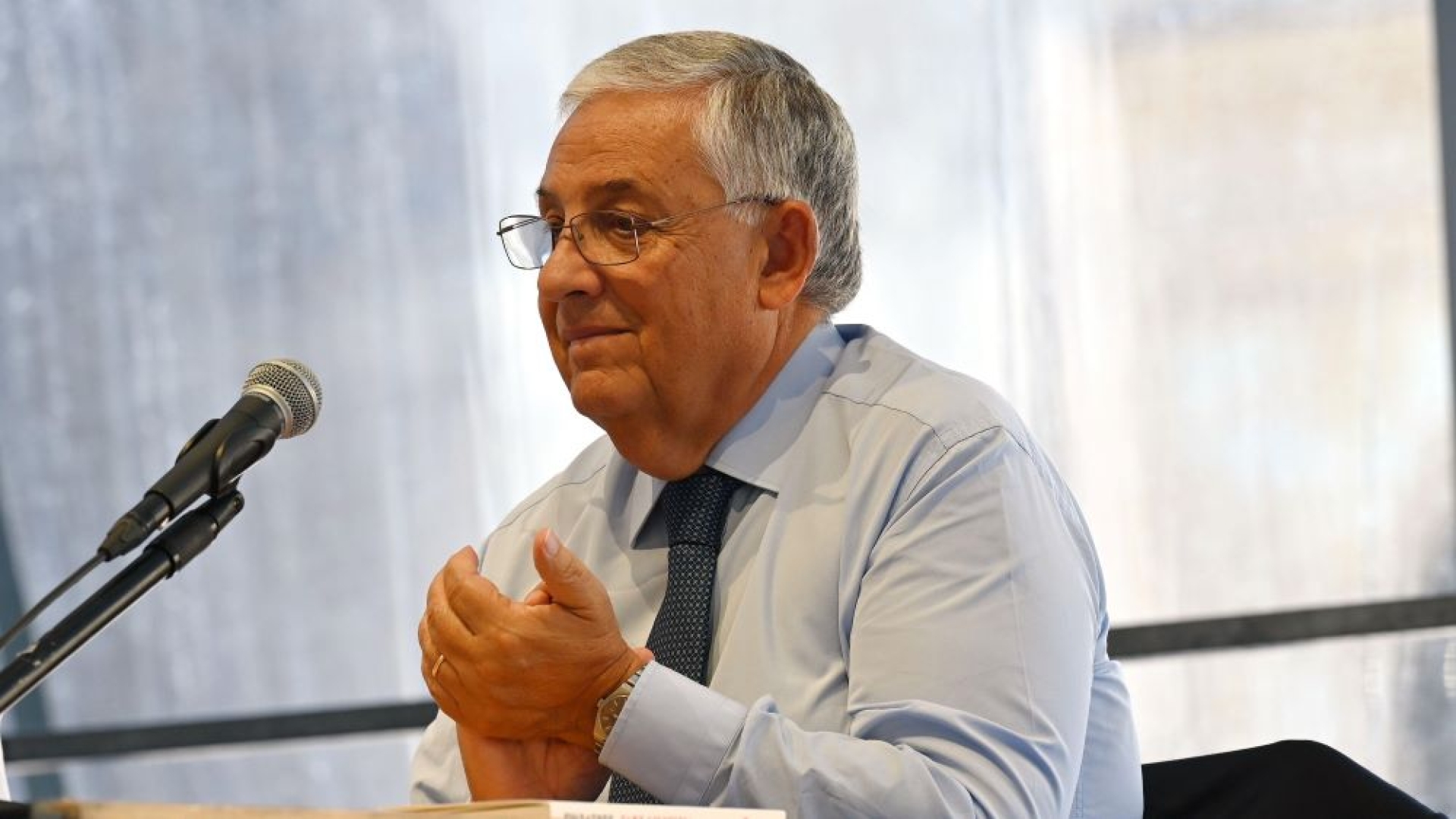
Giuseppe Pignatone
While the trial of Cardinal Becciu has been postponed once again, the claims of a former Roman prosecutor regarding the unexplained disappearance of a teenage girl, almost 40 years ago, is beginning to entangle a little more an already very fragile procedure.
Here, in short, is the context of the financial trial that is taking place within the walls of the Vatican, and whose fifth hearing has been adjourned until January 25, 2022.
Back to the Orlandi Case
If the issue revolves around the alleged misuse of funds from the Secretary of State in the acquisition of a building in London, two of the main actors in the lawsuit are seeing their names mentioned in the press, upon the occasion of new revelations on the Orlandi affair, one of the most famous cold cases in the Eternal City.
To understand this, it is necessary to go back almost forty years: Emanuela Orlandi, a fifteen-year-old teenager whose father was employed in the Holy See, mysteriously disappeared on June 22, 1983, when she was coming back from her music lesson.
This disappearance remains unexplained to date, and which has given rise to the most diverse and wacky scenarios: an abduction that allegedly went wrong, involving the mafia, in order to blackmail the Vatican Bank, the network of criminal clerics, including the involvement of the Turkish secret services seeking the release of Ali Agça, who shot Pope John Paul II on May 13, 1981.
Since then, the Orlandi affair has been more or less steadily resurfacing.
In an interview with the Italian press, Giancarlo Capaldo, a former Rome chief prosecutor, said he had been approached in the spring of 2012 by “two senior Vatican officials,” one of whom belonged to the secretariat of state to obtain permission for the transfer of the remains of a Roman mafia godfather - Enrico De Pedis, former patron of the Banda della Magliana - who had obtained, God knows how, permission to be buried in the crypt of the Basilica of St. Apollinaire.
For the Vatican, it was a double-edged sword: getting rid of an embarrassing corpse, and proving by the facts that the missing girl was not buried there, as the family and the sensational media suggested. Besides, the exhumation had yielded nothing.
Important detail: at the time, in 2012, the number two of the Secretary of State - mentioned in half-secretly by the former head of the Rome prosecutor’s office - was none other than Msgr. Angelo Maria Becciu.
But that’s not all. Giancarlo Capaldo suggests that negotiations between the Terza Loggia (the Secretariat of State) and him had been hampered by a certain Giuseppe Pignatone, who, in 2012, had just been appointed to the Rome Public Prosecutor’s Office. The magistrate, since 2019, has been president of the Vatican court.
When Giancarlo Capaldo mentions, “a series of great maneuvers or clandestine clashes, in 2012, around Pope Ratzinger,” Giuseppe Pignatone does not intend to turn a deaf ear.
“I have never in any way hindered an investigation by Mr. Capaldo or my other colleagues. The request for dismissal was decided by the majority of my colleagues in charge of the proceedings. I personally accepted this request as head of the office, while Dr. Capaldo, who disagreed, refused - as was his right - to sign it,” argued the president of the Vatican Court, in an interview with the Corriere della sera.
As for Cardinal Becciu, he says he “knows nothing about this story,” and “has learned things from the newspapers.”
With this latest twist to date, one thing is certain: as the trial of the former deputy secretary of state gets bogged down, suspicion is now being cast over the entire proceedings. “Who benefits from crime?” the Roman media wonders.
(Sources : Huffington Post/Crux – FSSPX.Actualités)
Illustration : Alamy Banque d’Images
